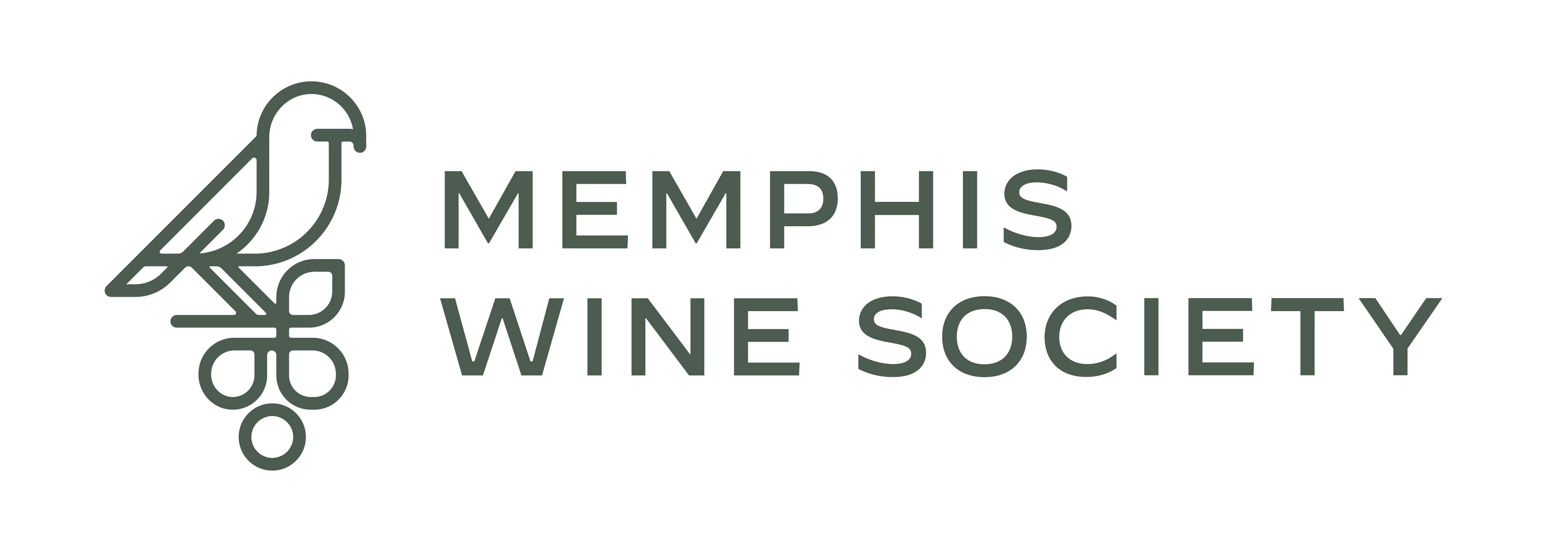German Wine Labels: It's All Deutsch to Me
March 22, 2024

German wine is a delicious choice, whether for everyday or a special event. While there are many grapes that winemakers use in Germany, Riesling is used the most and is most associated with wine from the country. The majority of Riesling consumed in Germany is dry, however the majority of Riesling consumed in the United States is off-dry to sweet. Regardless of the sweetness level you prefer, it can be hard to know what style of Riesling you are purchasing due to the complexity of the labels found on German wines. Below you will find some ways to decipher what you see, whether you speak the language or not, it can be hard to know what awaits you inside the bottle.
There are four overarching categories for German wine: Deutscher Wein, Landwein, Prädikatswein, and Qualitätswein. The majority of wine produced falls in the more prestigious Protected Designation of Origin categories, Prädikatswein and Qualitätswein. These are the two categories I will highlight and dive into below.
Qualitätswein is a quality designation on a German wine label that must come from one of 13 designated winegrowing areas; this winegrowing region must be listed on the label. Prädikatswein is a category within Qualitätswein and requires a greater amount of oversight for the grape and winemaking, as well as additional designation on the wine label. Generally, the sugar level, or must weight, for a Prädikatswein is higher than that of a Qualitätswein. There are six levels within Prädikat indicating the must weight that the wine had at harvest. This Prädikat level will be on the wine label, however the sweetness level of the wine is still not known with 100% accuracy simply by this Prädikat level.

